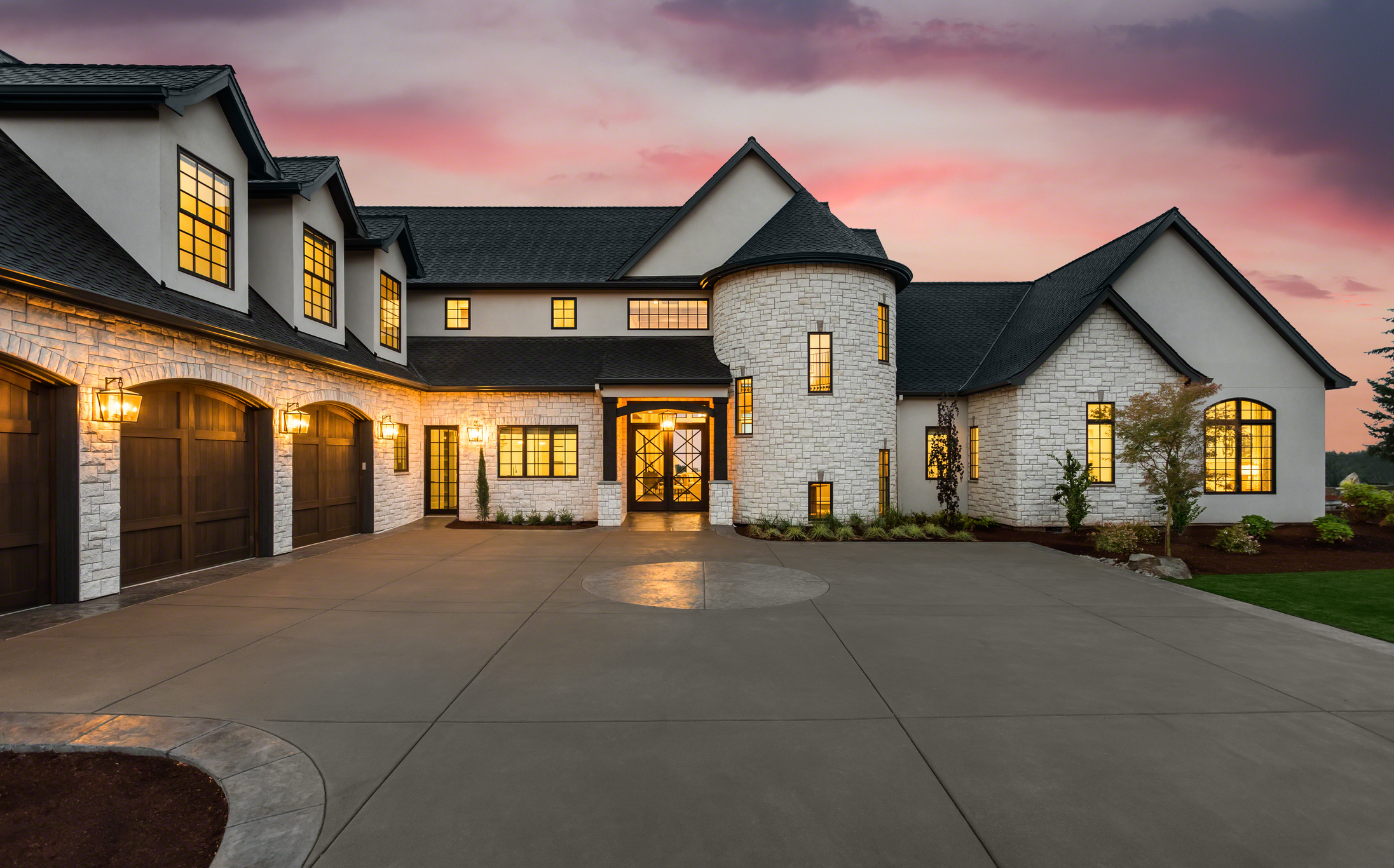Midway Check-In

We are halfway through May. This is how the numbers stack up versus the exact time last year.
Larimer County:
- Inventory up 26%
- Closings down 4%
- Average Prices up 13%
Weld County:
- Inventory up 18%
- Closings up 6%
- Average Prices down 5%
$700-Plus

The average price in Larimer County is well over $700,000.
For all closings in April, the numbers came in at $721,000.
People who have lived in Northern Colorado may have a hard time believing that.
The market here has certainly seen significant growth in the last 20 years.
Here is something remarkable about the April numbers.
Of the 300 closings last month in Larimer County, 48 were priced over $1 million and only 16 were under $400,000.
Staying Steady

Because mortgage rates have not decreased yet this year, many are wondering what that means for Northern Colorado home sales.
Transaction count is staying relatively steady compared to 2023.
Total sales year to date are down slightly (6%) versus last year.
At this point in 2023, there were a total of 1434 closings in Northern Colorado. This year there have been 1350 – 84 fewer.
Luxury is Stronger

- Closed transactions are down 41% in the overall market and 26% in the luxury market over $1,000,000
- Pending transactions are down 44% overall and only 13% in the luxury market
- Closed transactions are down 40% overall and only 13% over $1,000,000
- Pending transactions are down 41% overall and only 17% in the luxury market
Staggering Stat

By definition, a real estate market is balanced when there is 4 to 6 months of inventory currently for sale.
Anything less than 4 to 6 months means a Sellers’ market, anything more means a Buyers’ market.
For example, if there are 1,000 closings per month in a market, the market would be balanced if 4,000 to 6,000 homes were available for sale.
Here is a staggering stat for you…
At the current pace of sales, the Front Range market would need 6 to 7 times more inventory for the market to be balanced.
This is why we don’t see any sort of significant market correction or anything resembling ‘the market crashing.’ Bottom line, the market is still undersupplied.
Here are the numbers:
• Larimer County has 441 properties for sale and would need 2,200 to be balanced.
• Weld County has 322 properties for sale and would need 2,000 to be balanced.
• Metro Denver has 3,023 properties for sale and would need 20,000 to be balanced.
6 Million

The National real estate market just hit a massive milestone.
Based on the numbers through August, we are now on pace to sell 6 million homes. This is the highest pace we have seen in 14 years.
The 6 million threshold is a big deal in the real estate brokerage world.
Each month, as they have for a long time, the National Association of Realtors tracks the sales and then calculates the annualized rate of residential closings.
For many, many years this number has bounced around 5.5 million. The fact that it just jumped to 6 million speaks to many factors especially the effect of today’s interest rates.
Caught Up

We’ve been waiting for June to catch up. It finally happened (almost).
Back in April, real estate activity was significantly limited and the showing of property was restricted which caused the number of closed properties in May and early June to be much lower than last year.
Bottom line, fewer properties going under contract in April caused fewer closings 30 to 45 days later.
Closed properties in May were down compared to 2019 by 44% in Northern Colorado and 43% in Metro Denver.
Then activity jumped significantly in May. The number of properties going under contract was way up compared to last year.
We’ve been wondering when we would see this sales activity reflected in the number of closed properties.
Well, it finally happened (almost).
The number of closings so far in June compared to the same time period through June of 2019 is only down 1.8% in Northern Colorado and 1.6% in Metro Denver.
In both markets, there are only a handful of closings separating activity in June 2020 versus June 2019.
By the end of the month, when all the transactions are tallied up, we expect that June of this year will out pace June of last year in terms of number of transactions.
This is significant not only because of COVID-19, but also because of the reduced inventory compared to last year. Quite simply, there are fewer homes to buy.
All of this speaks to the health and resiliency of the Front Range market.

Two Tales


This is a Tale of Two Counties.
When it comes to new home activity, there is a big difference between Larimer and Weld Counties.
Larimer County new home starts are down 10% and new home closings are down 15% compared to last year.
Weld County new home starts are up 18% and new home closings are up 8% compared to last year.
This is all according to the new home research experts and Metrostudy.
So why the difference? It comes down to price and availability.
There is more land available for new home development in Weld County.
Plus, the land tends to be less-expensive than Larimer which means that builders can deliver a lower-priced product and reach a larger pool of buyers.
The average price of a new home in Larimer County is $507,105 while the average new home price in Weld is $411,269.
Where Are The Sales?

A high-level look at the Northern Colorado region shows that the number of residential sales is down 5.4% in Larimer County and up 4.7% in Weld County. This is simply comparing the number of closings from June 2018 to June 2019 versus June 2017 to June 2018.
The high-level look doesn’t tell the whole story. It get’s more interesting when we look at individual Northern Colorado cities and towns:
• Fort Collins = -8.8%
• Loveland = -5.7%
• Greeley = +11.7%
• Windsor = +16%
• Wellington = -16.9%
• Timnath = +44.1%
• Severance = +20.4%
• Johnstown = -18.7%
• Berthoud = +18.1%
• Evans = -14.7%
So, what can we learn from this? The areas with increased sales are where there is an abundance of new construction (Timnath and Severance for example).
The areas with decreased sales don’t have an abundance of new construction (Fort Collins for example).
The exceptions to this would be Wellington and Johnstown. It appears that there is price sensitivity to the new construction product now being built in these areas. Given rising costs, builders are challenged to deliver a product under $350,000 in these places.
For instance, in Wellington, between June 2017 and June 2018 there were 137 sales of new homes priced under $350,000. Today there are only 6 new homes on the market at that price point.
 Facebook
Facebook
 X
X
 Pinterest
Pinterest
 Copy Link
Copy Link



